Biomedical Engineering Reference
In-Depth Information
the
ˆ
NH
2
group and
ˆ
COO
group of Thr 135 occurs and the
ˆ
COO
group favo-
rably interacts with the positively charged
ˆ
NH
3
of amino acid residues (e.g. Lys
134 and Arg 141) surrounding the Cu
2
site, as schematically illustrated in Fig. 6.4.
The surface coverage of cysteine confi ned on the Au electrode surface was estimated
to be 6.7
10
10
mol cm
2
and the amount of the Cu, Zn-SOD confi ned on the SAM
of cysteine was estimated to be 1.3
10
11
mol cm
2
. Thus, the ratio of the Cu,
Zn-SOD to cysteine on the electrode surface is ca. 1:50 [98].
These demonstrations essentially suggest that the facilitated electron transfer of the
SOD primarily relies on the interactions between the SOD and the promoters used,
which is signifi cantly dependent on the structure of the promoters. As a subsequent
work, Tian
et al
. have systematically studied a large variety of thiols and disulfi des
with different structures with respect to their ability for facilitating the electron trans-
fer between the Cu, Zn-SOD and the electrode, aiming at fi guring out a facile, but
effective, route to electron transfer promoters for the SOD and providing a common
knowledge at a molecular level on the structure-associated essences of the promoted
electron transfer of the SODs with the SAMs of alkanethiols [137].
It is widely accepted that an ideal promoter used for facilitating electron transfer of
the enzymes and proteins should provide a suitable interface between the enzymes and
proteins and electrode surface to somewhat or completely eliminate the denaturation
of the biomacromolecules on the electrode surface and, more importantly, to facili-
tate (promote) the electron transfer between the biomacromolecules and the electrode.
Moreover, the promoter molecules should bear functional groups such that they can
be stably anchored onto the electrode surface. Generally, the typical structure of the
promoters can be presented as X
”
represents the central part linking X and Y. In most cases, X represents
ˆ
SH and
ˆ
S-S groups which can form the SAMs of thiols or disulfi des on Au electrodes via
the formation of an Au-S bond. Y is the group that can interact with the biomacro-
molecules and thus facilitate the electron transfer between the proteins and the elec-
trode. Various molecules with different structures of terminal groups and central
moieties linking X and Y have been studied with cyclic voltammetry with respect to
their effi ciency for promoting the electron transfer of Cu, Zn-SOD at the Au electrode.
The voltammetric results revealed that the electron transfer between the Cu, Zn-SOD
and the Au electrode is largely dependent on the terminal groups of the SAMs exam-
ined. Typically, the SAMs terminated with
ˆ
COOH groups, as displayed in Table 6.1,
were found to be able to effi ciently promote the direct electron transfer of Cu, Zn-
SOD, while those terminated with groups of
ˆ
NH
2
,
ˆ
CH
3
,
ˆ
SO
3
and
ˆ
OH, as
listed in Table 6.2, could not.
Table 6.3 displays the solution p
K
a
values of the promoters capable of facilitat-
ing the electron transfer of Cu, Zn-SOD listed in Table 6.1. The
ˆ
COOH-termi-
nated SAMs are mostly negatively charged in phosphate buffer (pH 7.0). Although
the bovine erythrocyte Cu, Zn-SOD has a net negative charge at pH 7.0 (p
I
Y, where X and Y are functional groups, and “
4.9),
an electrostatic interaction is still expected to occur between the SAMs and the posi-
tively charged amino acid moieties (typically
ˆ
NH
3
). Besides, the hydrogen bonding
between
ˆ
COOH groups and the amino acid residues is believed to comprehensively





Search WWH ::

Custom Search